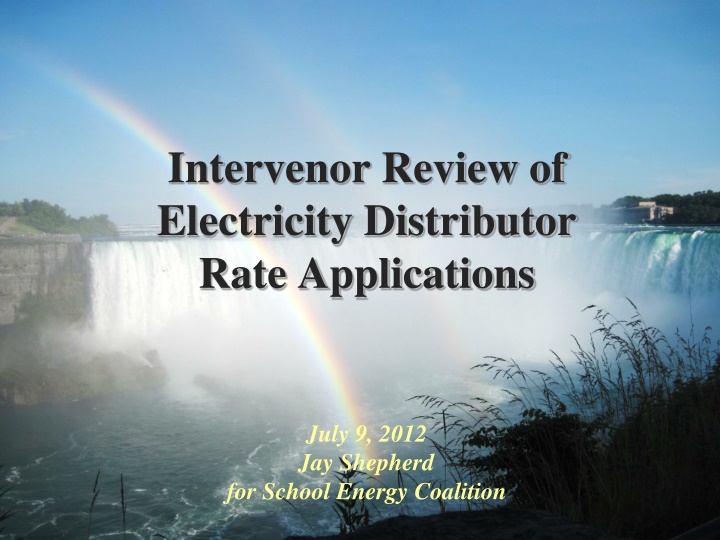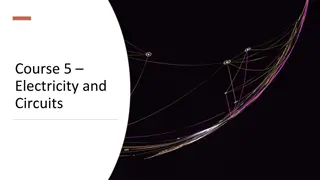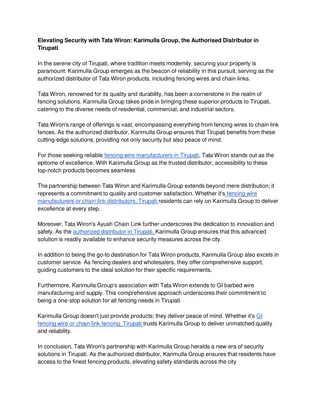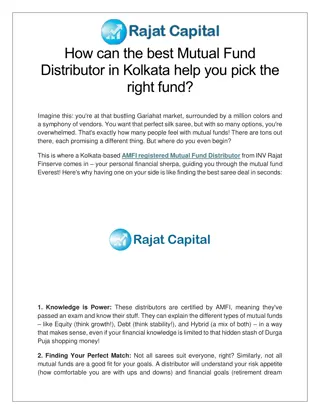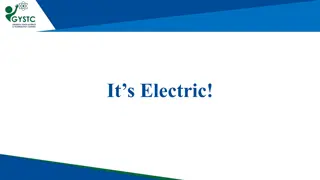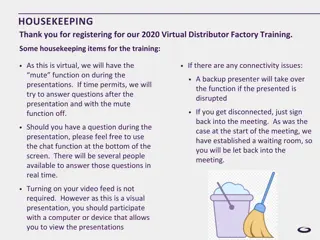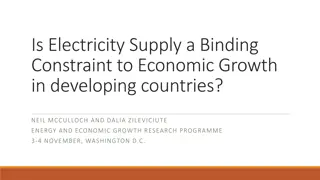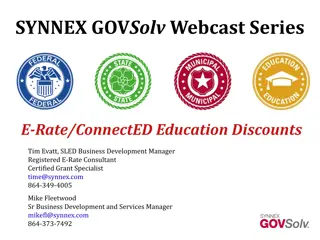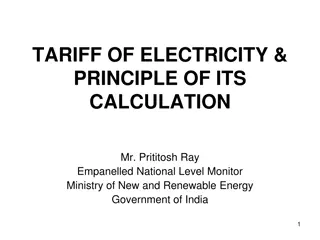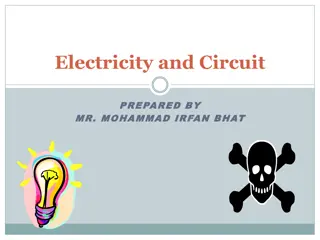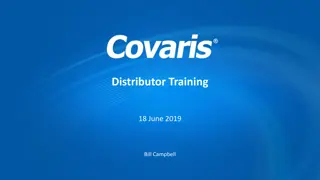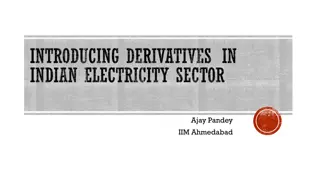Insights into Electricity Distributor Rate Application Review
Delve into the aspects of intervenor review in electricity distributor rate applications, focusing on the role of School Energy Coalition as a voice for customers, and the steps involved in the review process such as revenue requirements, cost allocation, and rate design. Discover the sources of information utilized, the importance of comparative data analysis, and metrics like OM&A and debt/equity ratios that aid in decision-making.
Download Presentation

Please find below an Image/Link to download the presentation.
The content on the website is provided AS IS for your information and personal use only. It may not be sold, licensed, or shared on other websites without obtaining consent from the author.If you encounter any issues during the download, it is possible that the publisher has removed the file from their server.
You are allowed to download the files provided on this website for personal or commercial use, subject to the condition that they are used lawfully. All files are the property of their respective owners.
The content on the website is provided AS IS for your information and personal use only. It may not be sold, licensed, or shared on other websites without obtaining consent from the author.
E N D
Presentation Transcript
Intervenor Review of Electricity Distributor Rate Applications July 9, 2012 Jay Shepherd for School Energy Coalition
School Energy Coalition Who We Are Coalition of seven school board/management organizations 5000 schools with 2 million students Spend $550 million per year on energy Intervention Principles Always look for the win-win solution Walk softly but carry a big stick Think long term
Role of Intervenors Voice of the customers Assist the Board Attitude of the client organizations
But Who Are They? Organizations: Five active ratepayer groups in LDC applications Other ratepayer, environmental and industry groups in other matters People: Experienced consultants specializing in energy
Steps in the Review Revenue Requirement OM&A issues (pattern, FTEs, affiliates) Rate Base issues (opening, capex, dep n) Cost of Capital issues (debt rate, taxes) Revenue Forecast (load, customers) Deficiency/Sufficiency Who Pays Cost Allocation (RTC, anomalies) Rate design (fixed charges)
Sources of Information Financial Statements Rating agency reports Website, Newspaper stories, etc. Yearbook data Asset Condition Assessment and AMP Strategic/Business Plan Tax returns or tax calculations Previous applications, results, rates
Comparative Data Valuable diagnostic tools Identify potential problem areas Test against evidence for consistency Comparative Rates the most important Captures all aspects of costs, but rough Rate Base and Capital Spending PP&E per customer (level and trend) Capex/depreciation ratio each year Average depreciation rate
Comparative Data OM&A Metrics OM&A per customer FTE per customer Spending ratios (e.g. maint. vs. G&A) Individual line item trends Other Metrics Components of revenue (e.g. by class) Debt/equity ratio (leveraging) Actual returns
Examples (see handouts)
Interrogatories What are we looking for? Documents referred to (or omitted) Explanations Missing data, steps, or confusion Comparative data Clear answers simplify the TC (call) Challenges facing this LDC Show investigation and analysis Thoughtful plan to deal with them
Technical Conference Usually first contact with intervenors Not cross-examination, but tougher than IRs Model TC is a dialogue Point is to save the Board panel from wasting their time
ADR The Process What is actually going on? Negotiation between utility and ratepayers Most COS applications can be settled Opportunity vs. challenge Steps Exchange of information/dialogue Intervenor caucus Offers back and forth Reaching agreement Documenting the agreement
ADR Negotiations Offers Issue by issue revenue requirement usually first Deficiency based packages (looking for savings) Settlement of other issues Cost allocation and rate design Deferral and variance accounts Severability Intervenor point of view Result by agreement vs. result by decision ADR positions vs. Hearing/Argument positions Comparative data increasingly influential
Oral Hearings General comments Short time frame Board members busy but very experienced Creates an impression but also a record Cross-examination Bias in favour of the cross-examiner Utility counsel has limited freedom to protect you Good questioners are well prepared Don t play the game - use your natural advantage Credibility not easily lost, but also not easily regained Pay close attention to questions from Board members
Intervenor Review of Electricity Distributor Rate Applications July 9, 2012 Jay Shepherd for School Energy Coalition
